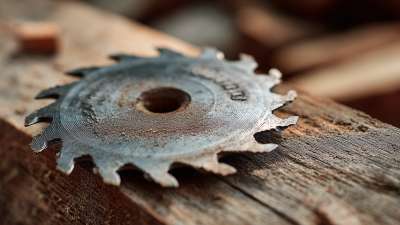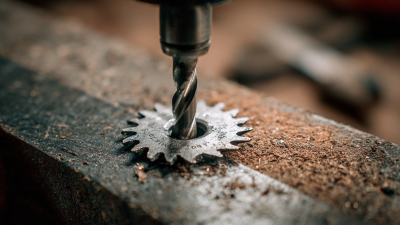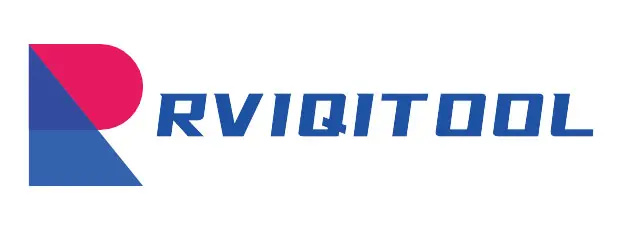In the realm of precision cutting tools, Carbon Hole Saws have emerged as essential instruments for professionals across various industries, including construction, plumbing, and electrical installations. According to a recent report by Research and Markets, the global hole saw market is expected to grow at a CAGR of 6.2% through 2025, reflecting the increasing demand for efficient and durable cutting equipment. The unique composition of Carbon Hole Saws allows for enhanced performance and longer tool life, making them ideal for cutting through tougher materials, including metal, wood, and masonry. As the construction sector expands and innovative projects arise, understanding the key features that define Carbon Hole Saws can significantly impact not just the quality of work, but also operational efficiency and safety. This blog will delve into the essential characteristics of Carbon Hole Saws, providing industry insights and practical tips for leveraging these tools effectively in precision cutting tasks.
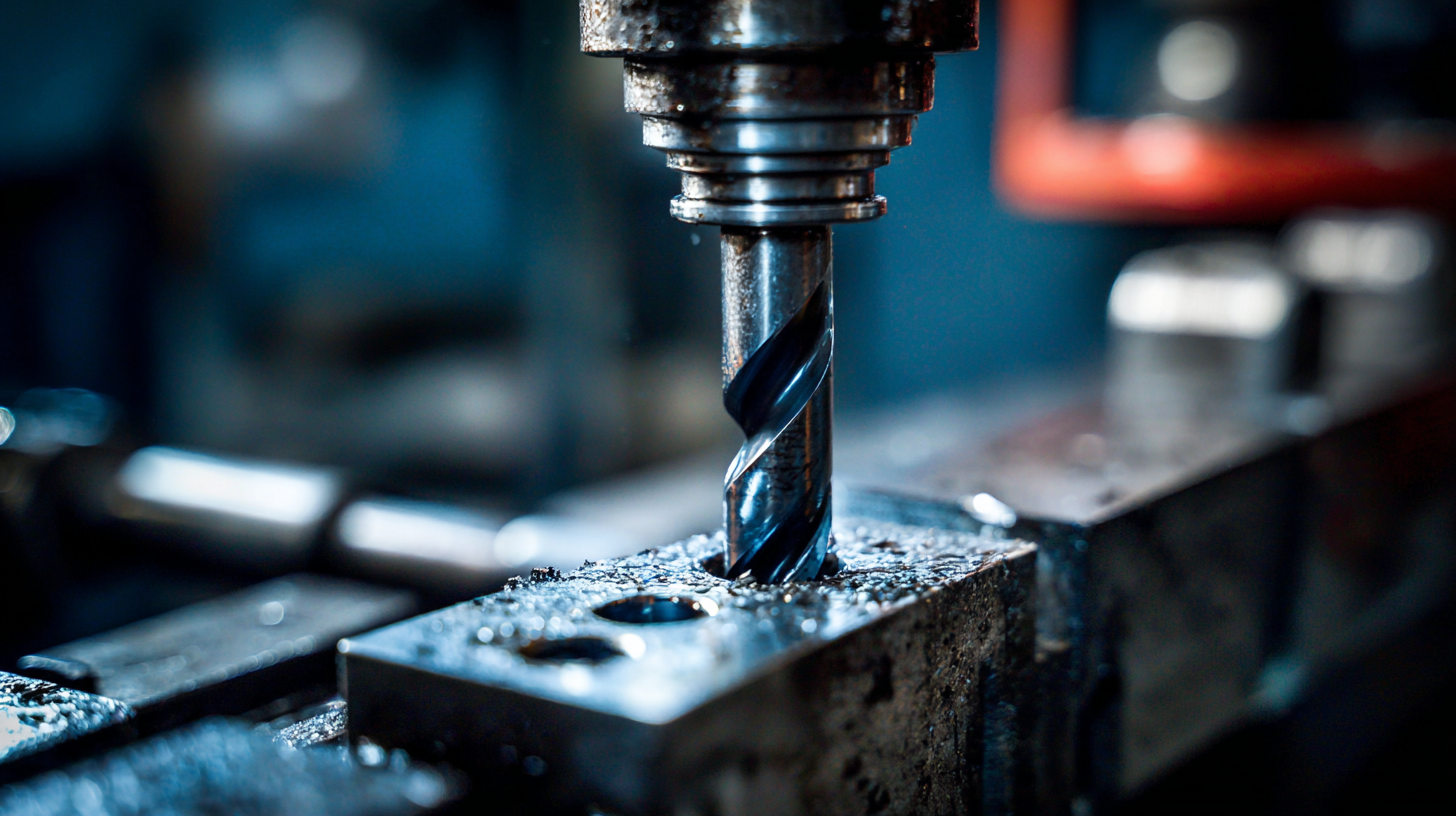
Carbon hole saws are essential tools for precision cutting, widely used across industries for their efficiency and reliability. One of the key features is their construction, often utilizing high-grade carbon steel, which enhances durability and resistance to wear. According to a recent market report by Research and Markets, the global hole saw market is projected to grow by 4.5% annually, reflecting an increasing demand for high-precision tools. The design of carbon hole saws enables clean and smooth cutting in various materials, including wood, metal, and plastic, making them versatile for both professional and DIY applications.
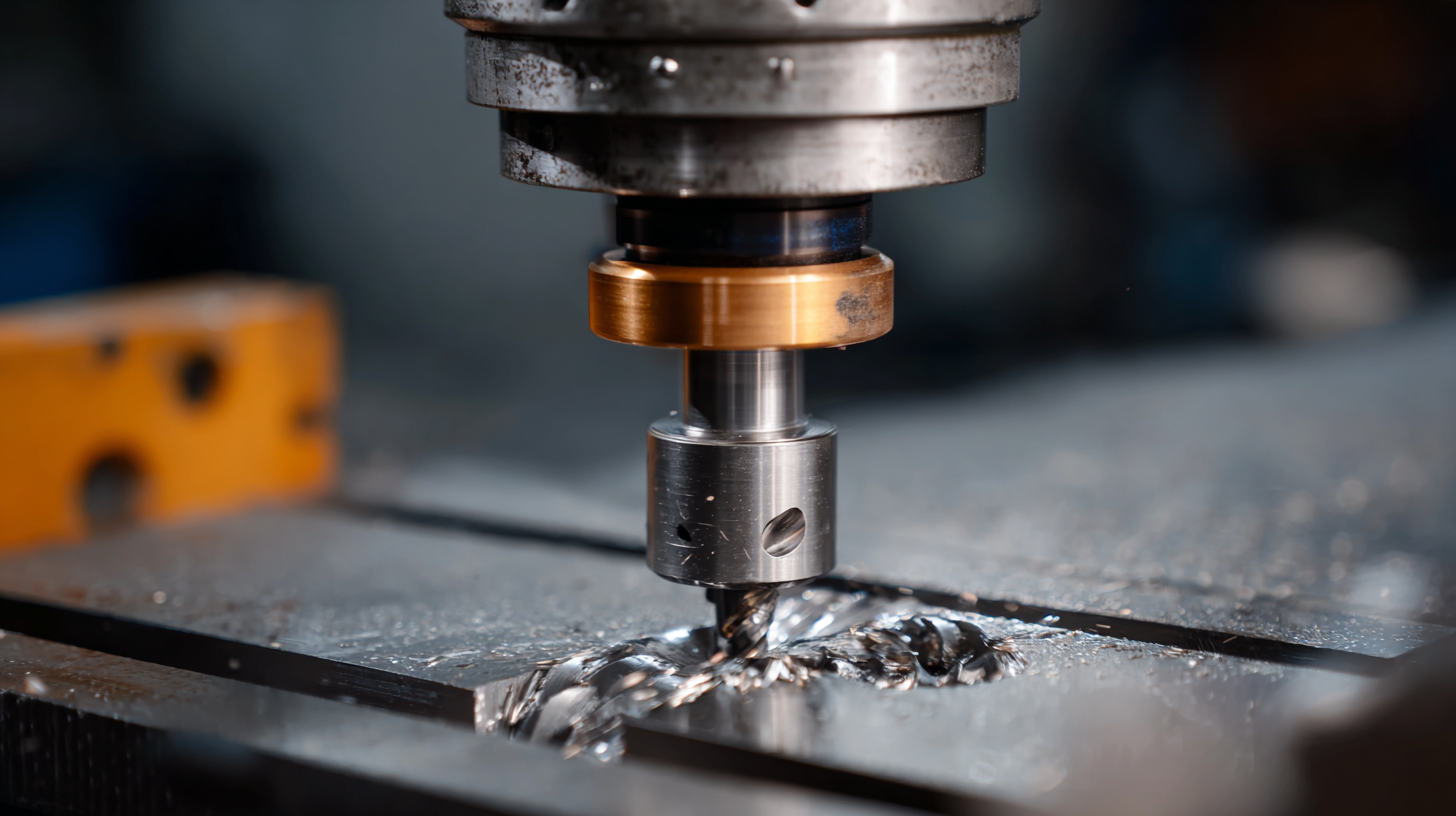
When selecting a carbon hole saw, consider the teeth design and their pitch. A variable pitch can significantly reduce vibration and improve cutting speed, which is crucial for achieving a precise finish. Additionally, opting for kits that offer various sizes can be beneficial for projects requiring different diameters.
Tips: Always ensure to use a lubricant during cutting to enhance performance and prolong the life of your carbon hole saw. Also, using the right drill speed is critical; slower speeds are recommended for harder materials to avoid overheating the tool. Implementing these practices will not only improve your cutting accuracy but also lead to cost savings through decreased tool wear.
When it comes to precision cutting in various materials, selecting the right carbon hole saw is essential for achieving optimal results. Carbon hole saws come in various types, each designed for specific applications. Among the most common types are bi-metal, carbide-tipped, and diamond-coated saws. Bi-metal saws are ideal for general-purpose cutting, while carbide-tipped options excel in tougher materials like stainless steel. For masonry and stone, diamond-coated hole saws provide unmatched performance and longevity.
**Tips:** When choosing a carbon hole saw, consider the material you will be cutting. It's vital to match the saw type with your project requirements to ensure efficient and effective cutting. Additionally, always check the size and depth of the hole you need, as this will affect the size of the saw you should purchase. Lastly, invest in high-quality options to ensure durability and precision throughout your work.
Different projects may require distinct features, such as a quick-release mechanism or a specific tooth design for faster cutting. For instance, if you're working on a project requiring clean edges in wood, you might want to opt for a saw with a specific tooth geometry. Understanding these differences will help you make a more informed choice, saving time and reducing frustration during your cutting tasks.
Carbon hole saws have established themselves as essential tools in various industries, renowned for their precision cutting capabilities. These saws are especially advantageous in applications requiring clean and efficient cuts through materials like wood, metal, and plastic. The construction and manufacturing sectors leverage carbon hole saws to create precise openings for plumbing, electrical installations, and ventilation systems. Recent market research indicates that the global hole saw market is projected to reach a value of $120 million by 2025, driven by the rising demand for efficient cutting tools across multiple sectors.
In the automotive and aerospace industries, carbon hole saws play a crucial role in the fabrication of components that demand high accuracy and a smooth finish. Their durability, coupled with the ability to handle high temperatures generated during cutting, positions them as reliable options. Interestingly, while carbon tools are prevalent, the performance of diamond-tipped hole saws is gaining attention due to diamond's superior thermal conductivity and hardness. Reports show that diamond tools can enhance cutting efficiency by up to 30% compared to traditional carbon tools. This trend highlights the growing integration of advanced materials in industry practices, aiming for greater precision and efficiency.
| Industry | Application | Key Features | Material Compatibility | Typical Diameter Range (inches) |
|---|---|---|---|---|
| Construction | Drilling through walls for electrical installations | High durability, precision cutting | Wood, drywall, metal | 1" - 6" |
| Manufacturing | Manufacturing of HVAC ducts | Effective heat dissipation, clean cuts | Metal, plastics | 2" - 8" |
| Automotive | Exhaust pipe modification | Corrosion resistant, high speed cutting | Aluminum, stainless steel | 1.5" - 4" |
| Electrical | Installing conduit fittings | Precision for electrical wiring, no burrs | PVC, metal | 0.75" - 3" |
| Plumbing | Drilling holes for plumbing fixtures | Versatile, easy to use in tight spaces | Ceramic, fiberglass | 1" - 6" |
Maintaining your carbon hole saws is essential for ensuring precision cutting and extending their lifespan. One of the most crucial maintenance tips is to keep the saws clean after each use. Accumulated debris can affect cutting performance, so a gentle brush or compressed air can help remove any dust or material stuck in the teeth. Additionally, using a suitable lubricant while cutting can enhance performance and reduce friction, leading to a longer life for the saw.
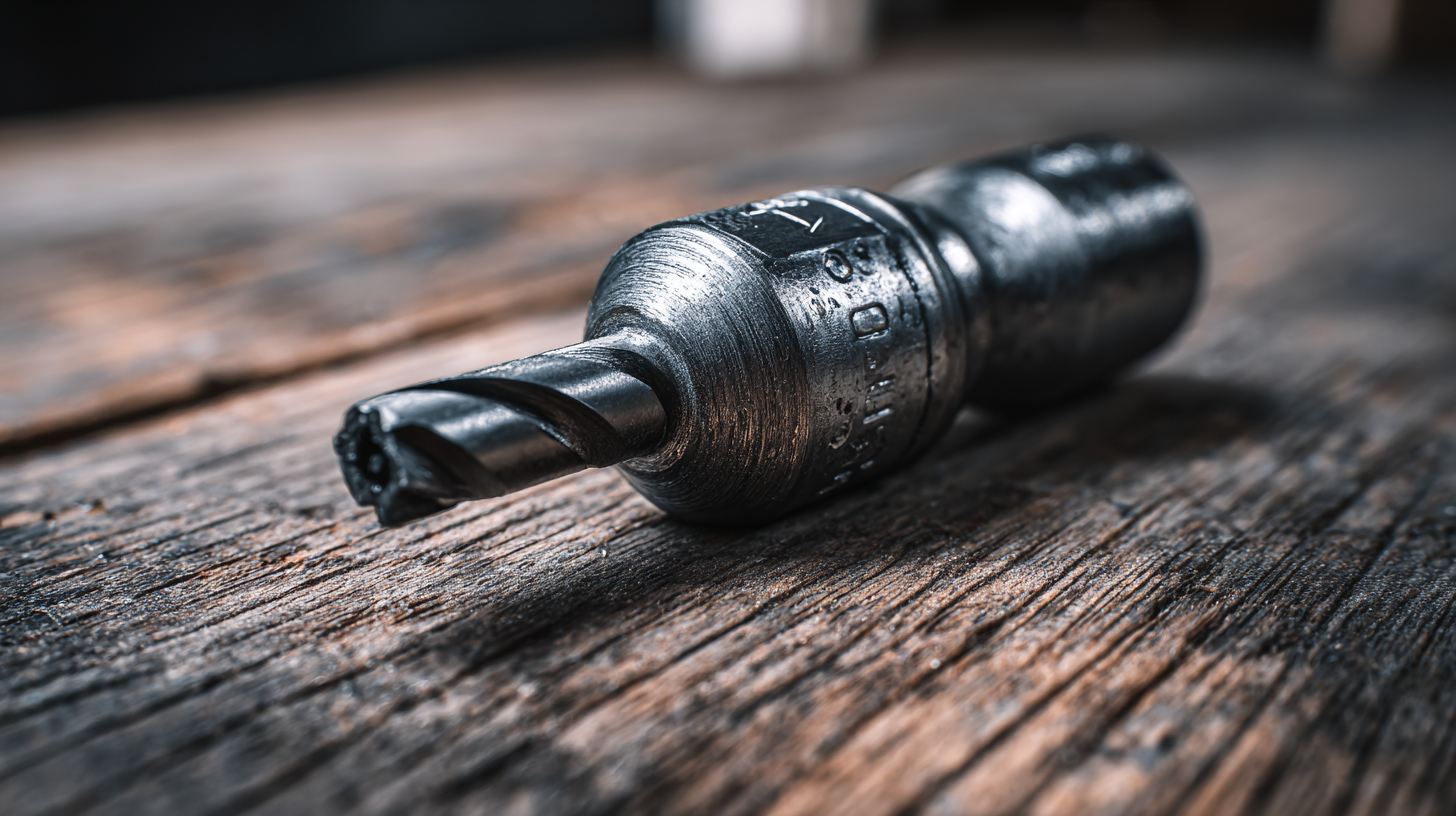
Another key consideration is to avoid overheating the holes saw during operation. Excessive heat can cause warping or dulling of the teeth. To mitigate this, make sure to use the right RPM settings as recommended for the material you are cutting. Furthermore, if you notice the saw becoming less effective, consider sharpening the teeth or opting for a replacement instead of pushing through the material, as this can lead to damage.
Lastly, storing your hole saws properly can significantly impact their durability. Place them in a designated storage container and ensure they are kept dry. This prevents rust and keeps the teeth sharp, ready for your next project. Following these maintenance tips will ensure your carbon hole saws remain accurate and efficient for all your cutting needs.
In recent years, the demand for precision cutting tools has spurred innovations in carbon hole saw technology. Manufacturers are now focusing on enhancing durability and efficiency, leading to the development of advanced materials and designs.
These new saws often incorporate high-speed steel or carbide-tipped edges, significantly increasing cutting performance and reducing wear over time. Additionally, features like laser-cut slots help improve chip removal, maintaining sharper edges and cleaner cuts.
Tip: When selecting a carbon hole saw, consider opting for one with a bi-metal construction for optimal performance across various materials, ensuring longevity and precision in your projects.
Another trend to watch is the integration of smart technology into hole saws. Some models now come equipped with sensors that provide real-time feedback on cutting pressure and speed, allowing for better control and minimizing the risk of damage to materials. This technology not only enhances the user experience but also contributes to safer and more efficient cutting processes.
Tip: Always check for compatibility with your power tools to maximize the benefits of any advanced features offered in modern hole saws.
